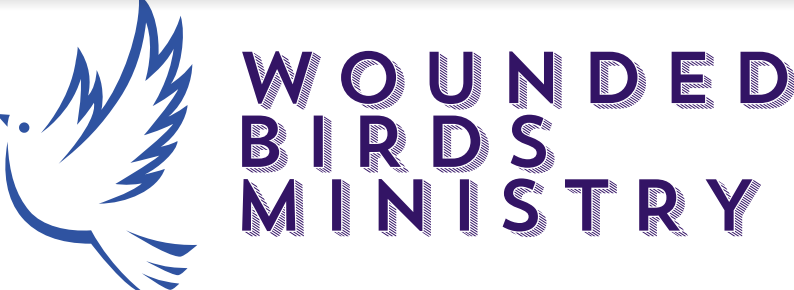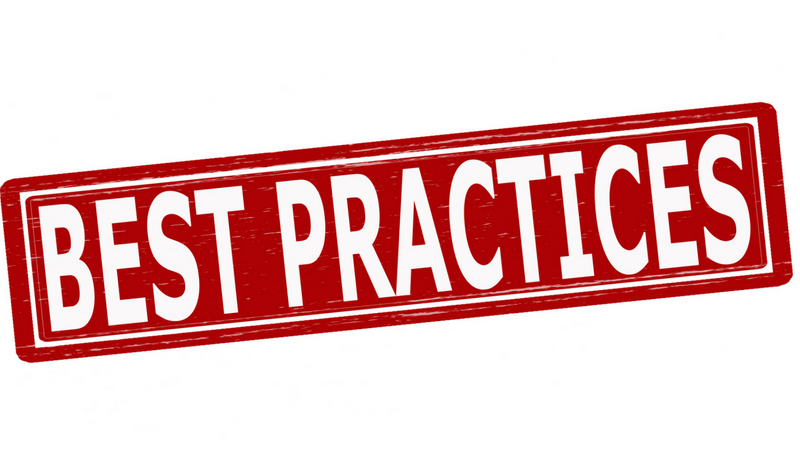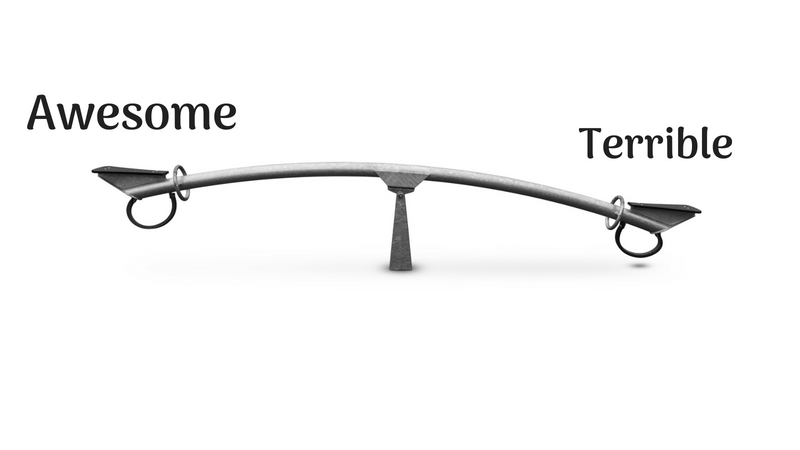Meditation. It’s one of those words that brings up instant reactions for most people. For many, it brings with it a sense of spacey-sounding music and chanting. For others, there is an association with religion — particularly Taoist and “Eastern” philosophies. And for others, it’s something they’ve heard can be helpful but don’t know much about.
What Meditation Is (and Isn’t)
In reality, meditation is simply the practice of being still. It is not about emptying our minds but managing our thoughts or focusing on an idea. When we meditate, we separate our identity from our thoughts, giving us space to understand what we are thinking or feeling or to release those thoughts entirely.
While some religions emphasize meditation more strongly than others, the practice of meditation is not inherently religious. You don’t need to belong to a specific faith to gain the benefits of meditation, although meditating on a spiritual tenet can help strengthen and clarify our faith (more on this later).
Meditation doesn’t require guidance, music, or a fancy setup; in fact, you can stop what you’re doing right now and meditate!
Why Meditate?
Meditation grants us many benefits. It allows us to gain some control over our thoughts and even help us understand our current emotional state. When we are depressed or anxious, it is common to have difficulty focusing. Sometimes, when we are in a high-functioning version of these illnesses, it can be difficult to know we are in this mood state, and difficulty focusing on meditation can help us recognize it.
For me, one of my favorite parts of meditation is separating myself from my thoughts. Sometimes, it is easy to get caught up in our thoughts and consider them as real and integrate them directly into our identity. With some meditation exercises, we categorize thoughts into boxes traveling along a conveyor belt or release them into balloons floating off into the sky. Meditation exercises help us get distance from our thoughts and remember that they do not define us or our circumstances; usually, these are welcome reminders for me.
Another benefit of meditation is that it helps focus us. Especially when we first start meditation, it is not uncommon to find ourselves getting distracted or losing focus. In this case, it’s the noticing that’s important. We simply come back to concentrating on our breathing and the focus thoughts or ideas; with practice, this gets easier. In addition, it trains your mind. Many people find that this level of practice – for just a minute or two a day – helps them get better focus in other activities throughout their days. It transcends and influences other mind activities beyond just meditation.
Is It Even Biblical?
One concern many Christians have about meditation is that it is not biblical, or at worst, that it’s a sin. Did you know that the words “meditate” and “meditation” appear 17 times in the Bible? In Joshua 1:8, God commands Joshua to “keep this Book of the Law always on your lips; meditate on it day and night.” In Genesis 24:63, we learn that Isaac “went out that night to meditate.” We also see references to meditation throughout the Psalms, particularly with psalmists saying that they meditate on God’s word “all day long” (Psalm 119:97).
Biblical meditation is the same as secular meditation, with one key difference: instead of focusing as previously described, in biblical meditation, we focus on a phrase or image related to either God, the Holy Spirit, or Jesus. One friend, Stacy, meditates every morning before getting out of bed on the phrase “more of you and less of me.” She breathes in on “more of you” and exhales on “less of me.” Stacy tells me that this helps her prepare for her day and approach it more calmly and energetically than she did before she began this practice.
When and How to Meditate
Choosing a time to meditate is often a stumbling block for most people, who think that it must be either the first or last thing we do in our day. There are benefits to approaching meditation in this way, although there aren’t any “meditation police” who will punish you for choosing a different time. For a lot of women, the best time to meditate is after getting the kids off to school for the day. For others, it’s in the afternoon, or after hitting the gym for a bit. What’s most important is carving out the time.
Another misconception is that meditation takes a lot of time. It doesn’t. In fact, 99% of my meditation sessions take five minutes or less. Remember, meditation is more about the practice than the amount of time spent. I’d rather see you get in the habit of practicing meditation at some point in your day, every day, than pass on it because it’s too hard to find 20 minutes, or you can’t imagine stepping away from your day from an hour.
Lastly, it’s easy to think that meditation is complicated. Remember what I said above: it’s about stepping back and staying still. The simple breakdown on how to meditate is this process:
1) Set a timer. Start with one minute and then work your way up if and as you choose. Many people prefer a soft tone (like a chime) at the end of it, although that’s not necessary.
2) Get comfortable. This may mean laying down, although for most people this means sitting in a comfortable chair with your feet grounded on the floor and hands placed comfortably—either hanging by your side or placed easily in your lap.
3) Decide what you’ll use for a meditation technique that day. One of my favorites is imagining a beach with clouds in the sky and then placing thoughts into each of those clouds. Sometimes, the clouds drift off. Sometimes the clouds don’t. Either way, it’s OK.
4) Start your timer.
5) Either close your eyes or choose a point to focus your eyes on. Focus on your breathing by noticing it. Are you breathing deeply, into your diaphragm? Or are you chest-breathing, with perhaps shorter and shallower breaths? Remember, this is about noticing, not judging. There’s no “right” breathing or “wrong” breathing here
6) Start your meditation technique. If you notice your mind wandering away from the technique, simply focus back on your breathing and then rejoin the technique wherever you left off. If you need to, start the technique over again.
7) When the timer goes off, slowly bring back your awareness to the current moment. Bring your awareness back to your body, then come back to the room; lastly, open your eyes and move around.
After meditation, it can help to take a few moments and reflect on the experience. Did you find your mind wandering a lot? Was it easier to focus today than yesterday? Did you enjoy the meditation technique you used? How do you feel now, and how does that differ from when you started? Note any other observations you may have from the experiencing, remembering that these are observations and not judgments.
As you continue to meditate, you’ll find that it gets easier overall, although some days will be better than others. My experience with meditation is that the more often I do it, the easier it is for me to approach my day and respond more healthily. Meditation is now a key part of my self-care plan, and I can tell when I’ve stepped away from it. Sometimes I meditate at home, in my office chair; other times, I’m in my car waiting to pick up my daughter from school.
I think you’ll find that you get many of the benefits of meditation, such as space between your thoughts and your responses and the ability to tap in more deeply into how you are feeling and how your body is responding.
What are your experiences with meditation? Do you currently have a consistent practice? I’d love to hear your thoughts in the comments below!
Looking for daily inspiration and community? Join our warm and supportive Facebook group!









